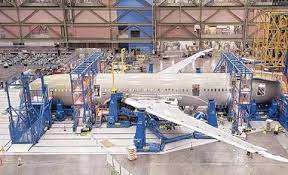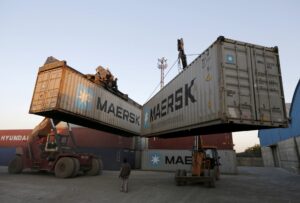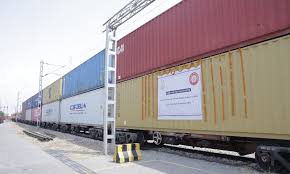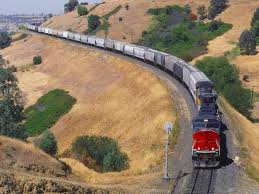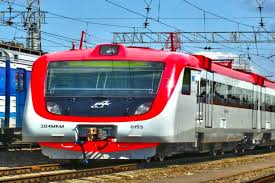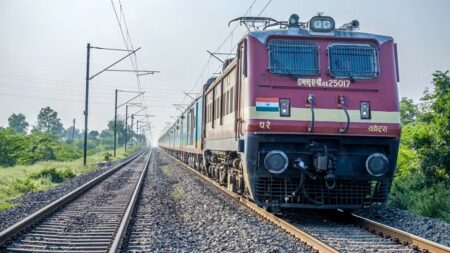New rail services from China and India to Uzbekistan are set to reshape trade routes across Asia, boosting connectivity.
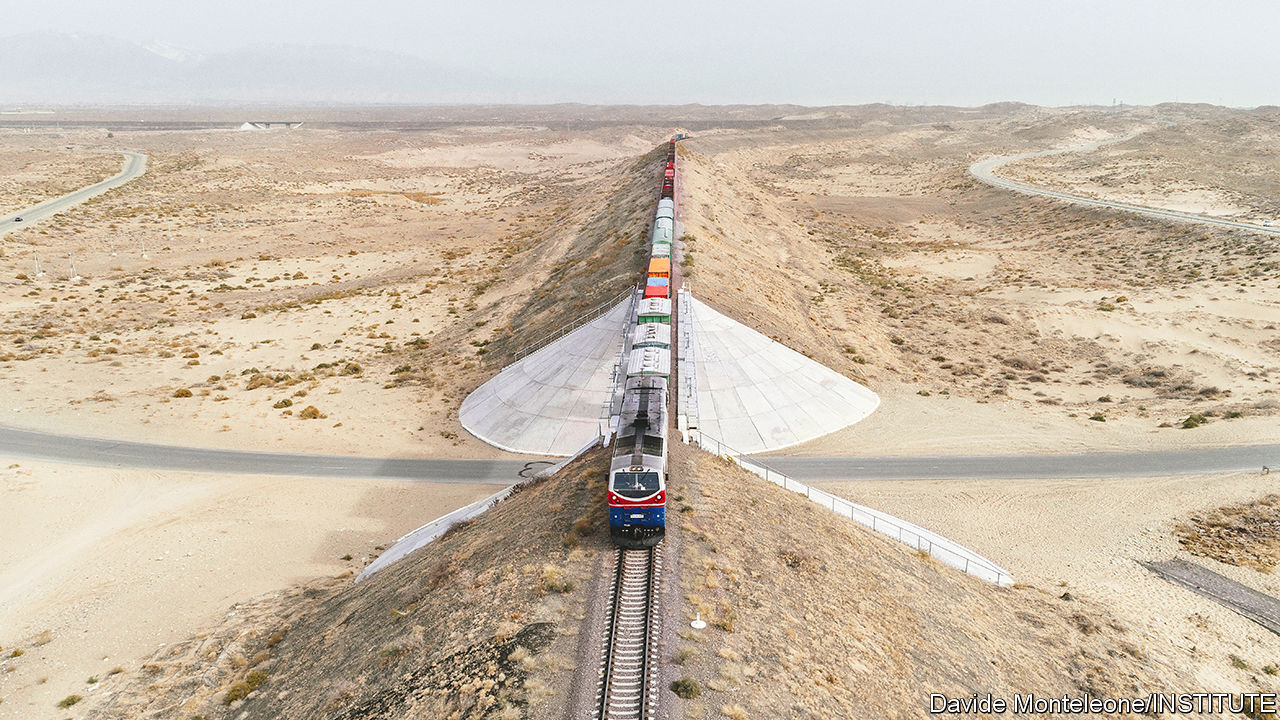
China and India have launched new rail services to Uzbekistan, marking a significant shift in Asia’s logistical landscape. These developments position Uzbekistan as a key hub in the region, linking it directly to two of Asia’s largest economies through dedicated rail routes.
China’s rail service to Uzbekistan utilises an efficient route through Kazakhstan, bypassing the incomplete China-Kyrgyzstan-Uzbekistan line. The service begins at the KTZ terminal in Xi’an, China, and enters Kazakhstan through the Khorgos border crossing. From there, the train travels to the Saryagash border with Uzbekistan before reaching its final stop in Tashkent.
India’s new service to Uzbekistan follows the eastern route of the International North-South Transport Corridor (INSTC). The container train departs from the Indian-operated Bandar Abbas port in southern Iran, crosses Iran to reach Sarakhs on the Turkmenistan border, and is then transported by Turkmen operators to the Chukursai freight station in Tashkent, managed by Russia’s FESCO.
These new rail links are crucial in the broader context of Asian logistics. The India-Uzbekistan service is the culmination of years of tests and challenges within the INSTC framework. According to Turkmen organisers, the service is not limited to Indian cargo but is also open to third countries, including Russia.
Simultaneously, China’s commitment to integrating Uzbekistan into its rail network is evident with the newly launched service via Kazakhstan. While China continues to invest in the China-Kyrgyzstan-Uzbekistan line, the collaboration with Kazakhstan Railways (KTZ) highlights Uzbekistan’s growing importance in regional supply chains, particularly with the anticipated Trans-Afghan railway on the horizon.
These developments signal a new era of enhanced connectivity and trade across Asia, with Uzbekistan emerging as a pivotal player in the region’s logistical framework.


